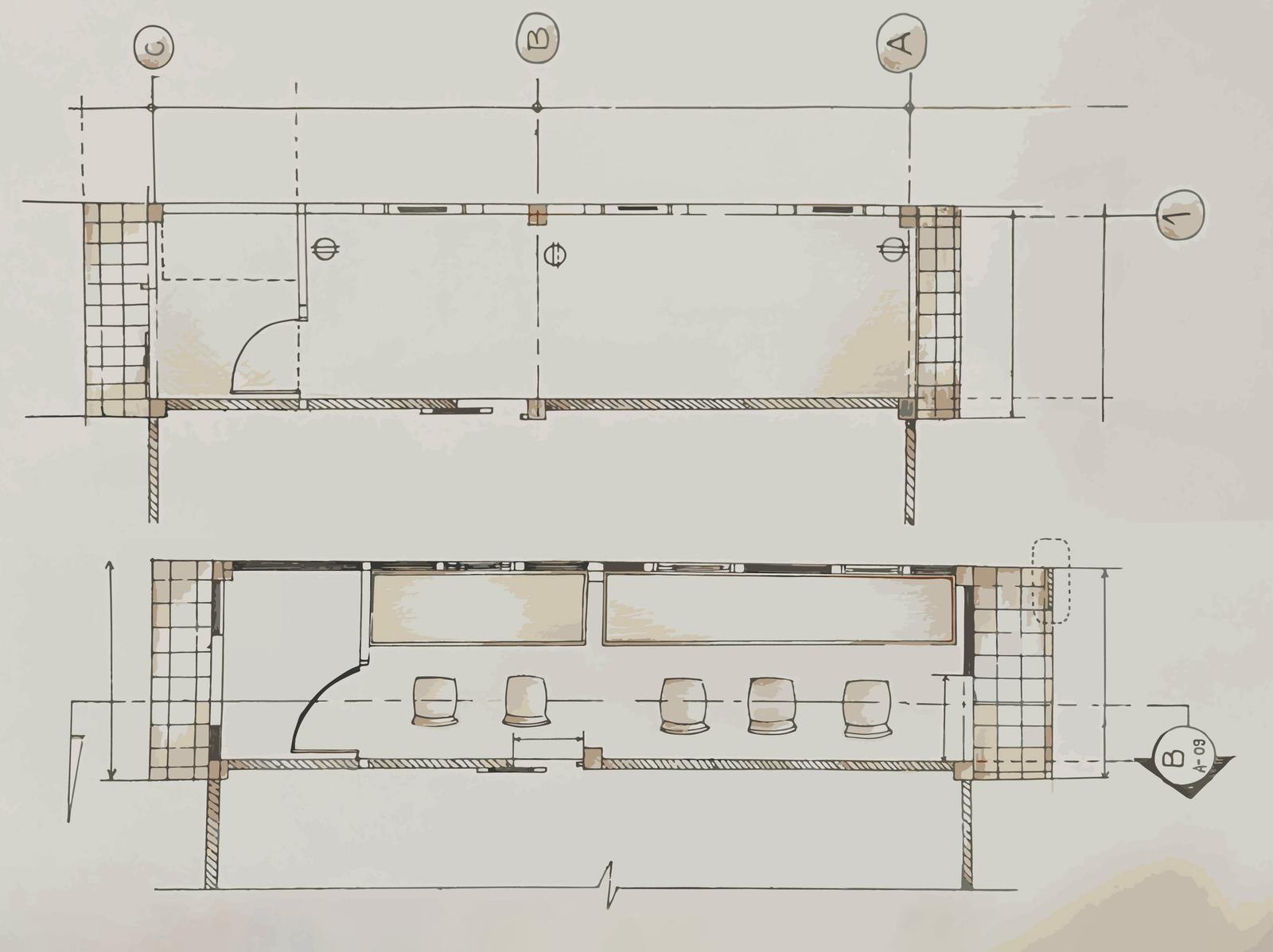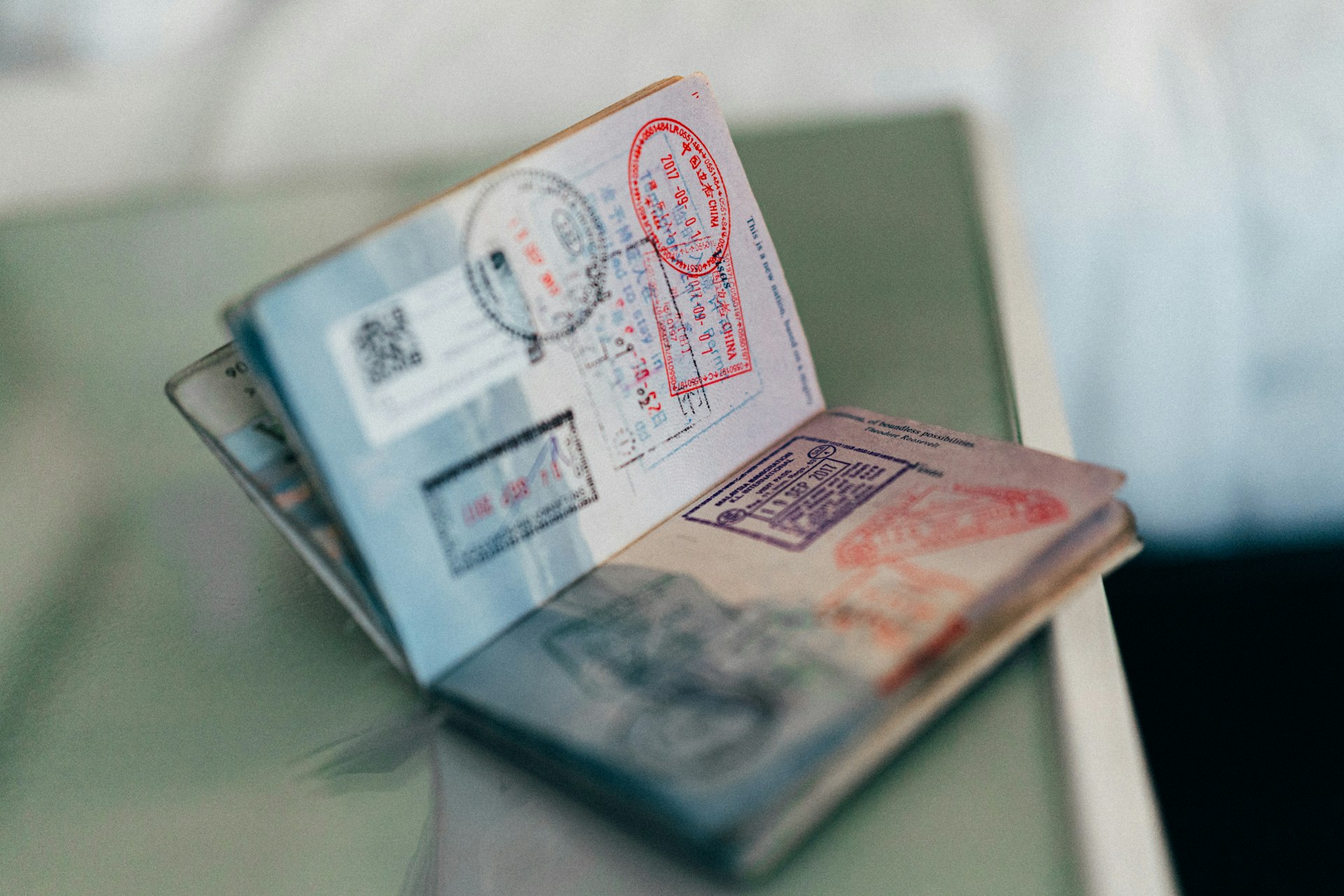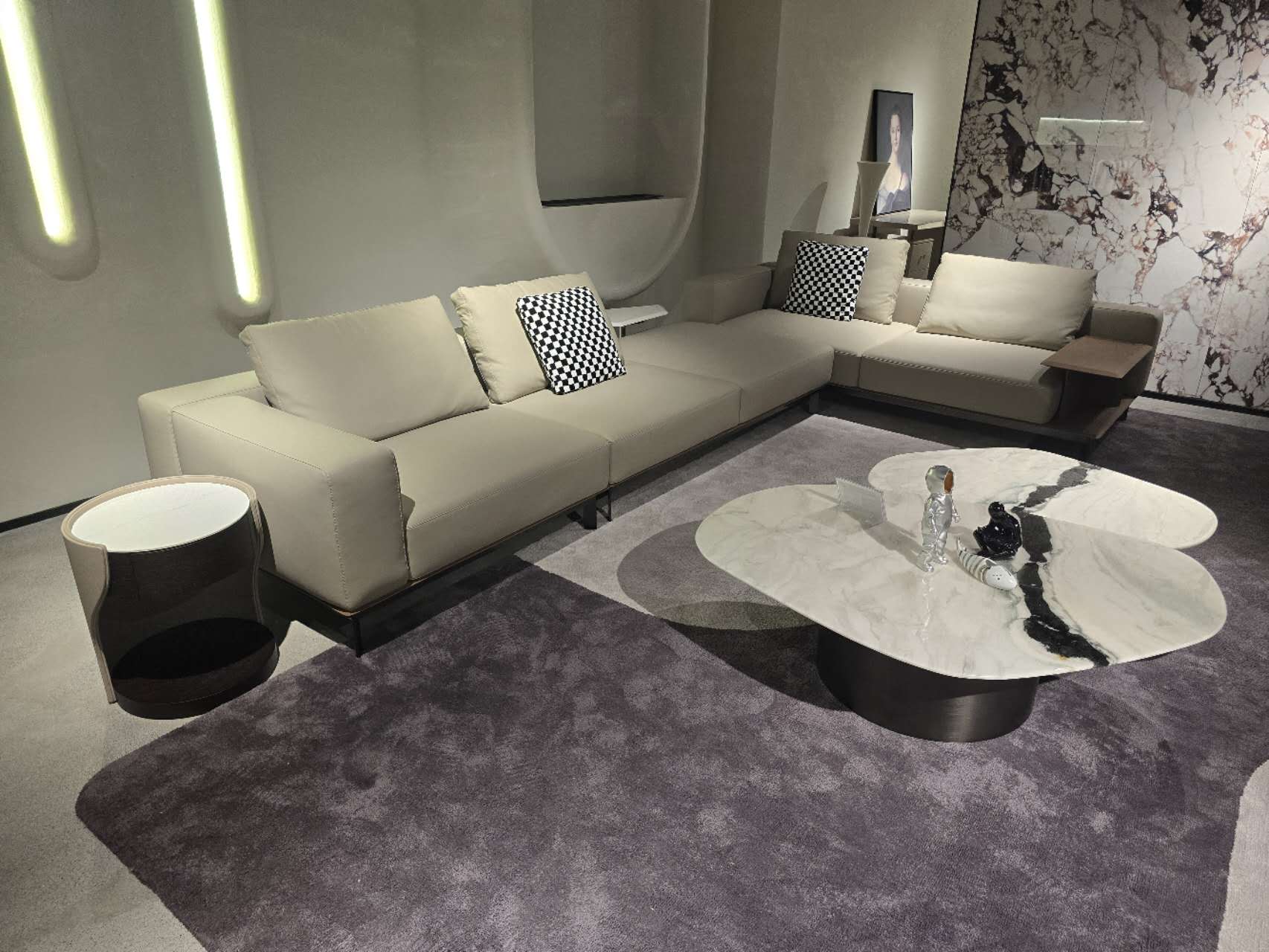Guangdong, de thuisbasis van steden als Guangzhou, Foshan, Jiangmen en Dongguan, heeft 's werelds meest uitgebreide selectie aan meubels . Hier vindt u meubelfabrikanten en -verkopers van allerlei soorten. De grote meubelcentra in het Shunde-district van Foshan zijn bijvoorbeeld wereldwijd beroemd en veel buitenlandse kopers komen hier elk jaar om meubels en meer te kopen. Maar meubelinkoopreizen kunnen voor velen een ontmoedigende taak zijn, maar met de juiste planning en voorbereiding kan het een succesvolle onderneming worden. In dit artikel schetsen we 8 essentiële stappen om u te helpen bij de voorbereiding op uw meubelinkoopreis in China. Van het stellen van duidelijke doelen tot het onderzoeken van leveranciers en het vaststellen van een budget, deze stappen begeleiden u door het proces van het vinden van de perfecte stukken voor uw project of bedrijf. Of u nu een interieurontwerper bent die op zoek is naar unieke stukken of een retailer die op zoek is naar de beste deals, door deze stappen te volgen, zorgt u ervoor dat uw meubelinkoopreis zowel efficiënt als productief is. Pak dus uw notitieboekje en pen en laten we beginnen met de voorbereidingen voor uw volgende meubelinkoopavontuur!
Sorteer uw projectinformatie
- Maak mappen: organiseer alle relevante documenten, inspirerende afbeeldingen en productspecificaties in aparte mappen op uw computer of in een fysiek bestandssysteem.
- Duidelijk labelen: label elke map duidelijk met de projectnaam of categorie, zodat u informatie gemakkelijk kunt vinden wanneer u die nodig hebt.
- Gebruik spreadsheets: Gebruik spreadsheets om prijzen, doorlooptijden en contactgegevens van leveranciers bij te houden. Dit helpt u georganiseerd te blijven tijdens het sourcingproces.
- Maak aantekeningen: Maak gedetailleerde aantekeningen tijdens vergaderingen met leveranciers of terwijl u producten bekijkt, zodat u ze later kunt raadplegen.
Door uw projectinformatie effectief te sorteren, stroomlijnt u het voorbereidingsproces van de meubelinkoopreis en hebt u alle benodigde details bij de hand wanneer u beslissingen neemt. Blijf georganiseerd om een succesvolle en efficiënte inkoopervaring te garanderen gedurende uw project. Bepaal ook uw ontwerpaanpak voordat u meubels in China koopt Er zijn meerdere manieren om uw appartement in te richten ..

Maak een boodschappenlijstje met referenties
Voordat u op pad gaat om meubels te kopen, is het essentieel om een gedetailleerde boodschappenlijst te maken. Deze lijst moet alle items bevatten die u nodig hebt voor uw huis of project, samen met specifieke vereisten zoals grootte, kleur of stijl. Zorg ervoor dat u de ruimtes meet waar de meubels komen, zodat u nauwkeurig kunt beoordelen of elk stuk past.
Naast het maken van een basisboodschappenlijstje is het handig om inspiratie en referenties te verzamelen uit tijdschriften, websites of sociale mediaplatforms zoals Pinterest. Visuele hulpmiddelen kunnen uw zoektocht begeleiden en u helpen uw voorkeuren effectief te communiceren aan leveranciers of ontwerpers. Let op specifieke stukken of stijlen die uw aandacht trekken, zodat u tijdens uw sourcingtrip op zoek kunt gaan naar vergelijkbare items.
OnZodra u alle benodigde informatie en referenties hebt verzameld, organiseert u ze in categorieën op basis van kamertype (bijv. woonkamer, slaapkamer) of itemtype (bijv., bank, eettafel). Deze systematische aanpak stroomlijnt uw winkelervaring en zorgt ervoor dat elk aspect van uw meubelbehoeften wordt gedekt tijdens de inkoopreis.
Een budget opstellen en doelen stellen
- Maak een budget: Voordat u op reis gaat om meubels te kopen, is het cruciaal om te bepalen hoeveel u bereid bent uit te geven. Denk aan alle kosten, inclusief transport, accommodatie, maaltijden en natuurlijk de kosten voor het kopen van meubels. Wees realistisch over wat u zich kunt veroorloven en houd u aan uw budget gedurende de hele reis.
- Stel doelen vast: Definieer wat u hoopt te bereiken tijdens uw meubelinkoopreis. Of het nu gaat om het vinden van specifieke stukken voor een nieuw project of het ontdekken van unieke items voor uw inventaris, het stellen van duidelijke doelen helpt u bij het nemen van beslissingen tijdens het winkelen. Maak een lijst met must-have items en prioriteer ze op basis van belangrijkheid en budgetbeperkingen.
- Blijf flexibel: Hoewel het essentieel is om een budget en doelen te hebben, is het ook belangrijk om aanpasbaar te blijven tijdens het sourcingprocesEr kunnen zich onverwachte kansen voordoen die kunnen leiden tot geweldige vondsten binnen uw ingestelde parameters of zelfs daarbuiten. Door open-minded te blijven, ontstaat er ruimte voor toevallige ontdekkingen die uw algehele sourcingervaring kunnen verbeteren.
Organiseer uw reis en vraag een visum aan
- Plan vooruit : begin met het bepalen van de data van uw reis en maak een reisschema dat bezoeken aan meubelleveranciers omvat. Zorg ervoor dat u vluchten en accommodaties ruim van tevoren boekt om de beste tarieven te krijgen.
- Vraag een visum aan : Controleer de visumvereisten voor China en begin het aanvraagproces vroeg. Zorg ervoor dat u alle benodigde documenten, zoals uitnodigingsbrieven van leveranciers of bewijs van accommodatie, klaar hebt om in te dienen.
- Blijf georganiseerd : bewaar alle reisdocumenten, inclusief vliegtickets, hotelreserveringen en visumpapieren op één plek voor eenvoudige toegang tijdens uw reis. Controleer nogmaals of u alles hebt wat u nodig hebt voordat u vertrekt om last-minute tegenslagen te voorkomen.

Onderzoek naar de meubelmarkt in Guangdong
- Begrijp de markttrends : Voordat u uw sourcing trip naar Guangdong begint, onderzoekt u de huidige trends in de meubelmarkt. Bekijk populaire stijlen, materialen en kleuren om ervoor te zorgen dat u op de hoogte bent van de voorkeuren van de consument.
- Identificeer belangrijke spelers : maak een lijst van de beste meubelfabrikanten en leveranciers in Guangdong. Onderzoek hun productaanbod, prijsstrategieën en reputatie binnen de industrie om uw inkoopbeslissingen te helpen sturen.
- Verzamel prijsinformatie : Het is essentieel om een idee te hebben van de gemiddelde prijzen voor verschillende soorten meubels in Guangdong. Deze informatie helpt u om eerlijke prijzen te onderhandelen met leveranciers tijdens uw bezoek.
Een gedetailleerde routebeschrijving maken
- Onderzoek vooraf : Voordat u op reis gaat om meubels te kopen, onderzoekt u de locaties die u wilt bezoeken en maakt u een gedetailleerde reisroute. Vermeld adressen, contactgegevens en openingstijden voor elke stop op uw lijst.
- Prioriteer stops : bepaal welke winkels of fabrikanten prioriteit hebben voor uw reis op basis van het type meubilair dat u zoekt. Organiseer uw reisroute op een manier die logistiek zinvol is, rekening houdend met factoren zoals nabijheid en openingstijden.
- Laat ruimte voor flexibiliteit : Hoewel een gedetailleerde reisroute belangrijk is, is het ook essentieel om ruimte te laten voor flexibiliteit. Onverwachte vertragingen of ontdekkingen kunnen zich voordoen tijdens uw reis, dus wees voorbereid om aanpassingen te maken indien nodig om ervoor te zorgen dat u het meeste uit uw tijd haalt door effectief meubels te vinden.
Contact opnemen met leveranciers en zich voorbereiden op een bezoek
- Neem contact op : Begin met het contacteren van potentiële leveranciers via e-mail of telefoon om afspraken te maken voor uw bezoek. U kunt ook contact met ons opnemen, zodat we samen met u uw reis kunnen voorbereiden.
- Vraag informatie aan : Vraag vooraf naar productcatalogi, prijslijsten en andere relevante details ter voorbereiding op de gesprekken tijdens uw bezoek.
- Plan vooruit : maak een gedetailleerd reisschema met geplande bezoeken om de efficiëntie te maximaliseren en het meeste uit uw sourcingreis te halen.
Voordat u op pad gaat om meubels te sourcen, is het cruciaal om contact te leggen met leveranciers en de nodige informatie te verzamelen. Door vooraf contact op te nemen, details op te vragen en uw bezoeken nauwkeurig te plannen, kunt u een productieve en succesvolle sourcing-ervaring garanderen.

Culturele verschillen en zakelijke etiquette begrijpen
- Onderzoek culturele normen : Neem de tijd om onderzoek te doen naar de culturele normen van het land dat u gaat bezoeken voordat u op reis gaat om meubels te kopen. Begrijp de etiquette rondom zakelijke bijeenkomsten, begroetingen, het geven van geschenken en dineren, zodat u interacties soepeler kunt laten verlopen.
- Kleed u gepast : In veel culturen is conservatieve kleding belangrijk bij het zakendoen. Zorg ervoor dat u geschikte kleding meeneemt voor vergaderingen en evenementen tijdens uw reis. Dit toont respect voor de cultuur die u bezoekt en kan helpen vertrouwen op te bouwen bij potentiële leveranciers.
- Communiceer effectief : wees u bewust van taalbarrières en communicatiestijlen in verschillende culturen. Spreek duidelijk en in een gematigd tempo om begrip te garanderen. Vermijd daarnaast straattaal of idiomen die mogelijk niet goed vertaald kunnen worden in verschillende talen. Door deze stappen te nemen, kunt u succesvolle zakelijke relaties vergemakkelijken tijdens uw meubelinkoopreis.
Inpakken en meenemen van essentiële gereedschappen en materialen
- Zorg ervoor dat u een meetlint, een notitieboekje, een pen en een camera of smartphone meeneemt om potentiële meubelstukken te documenteren.
- Neem stofstalen of verfmonsters mee om er zeker van te zijn dat de nieuwe stukken passen bij uw bestaande interieur.
- Vergeet niet om visitekaartjes mee te nemen voor het geval u potentiële leveranciers tegenkomt.
Vergeet niet dat u uw zoektocht naar meubels efficiënter en succesvoller kunt maken als u over de juiste hulpmiddelen beschikt.
Zorg ervoor dat alle essentiële hulpmiddelen tijdens uw reis gemakkelijk toegankelijk zijn.
Het succes van uw reis opvolgen en evalueren
Na terugkomst van uw meubelinkoopreis is het cruciaal om de leads die u hebt verzameld op te volgen. Neem contact op met de leveranciers die u hebt ontmoet, stuur bedankbriefjes en geef aan dat u geïnteresseerd bent in mogelijke samenwerkingen. Dit toont professionaliteit en houdt de communicatielijnen open.
Evalueer het succes van uw reis door deze te vergelijken met uw oorspronkelijke doelen en verwachtingen. Hebt u alle leveranciers ontmoet die u wilde? Hebt u nieuwe bronnen gevonden voor unieke meubelstukken? Beoordeel of de reis de geïnvesteerde tijd en het geld waard was.
Maak aantekeningen van de lessen die u tijdens uw reis hebt geleerd, zodat u toekomstige sourcingexpedities kunt verbeteren. Denk na over wat goed werkte en wat anders had gekund voor een efficiëntere ervaring de volgende keer. Houd alle nieuwe contacten bij die u hebt gelegd, prijsinformatie die u hebt verkregen of markttrends die u hebt geïdentificeerd voor toekomstige referentie.





